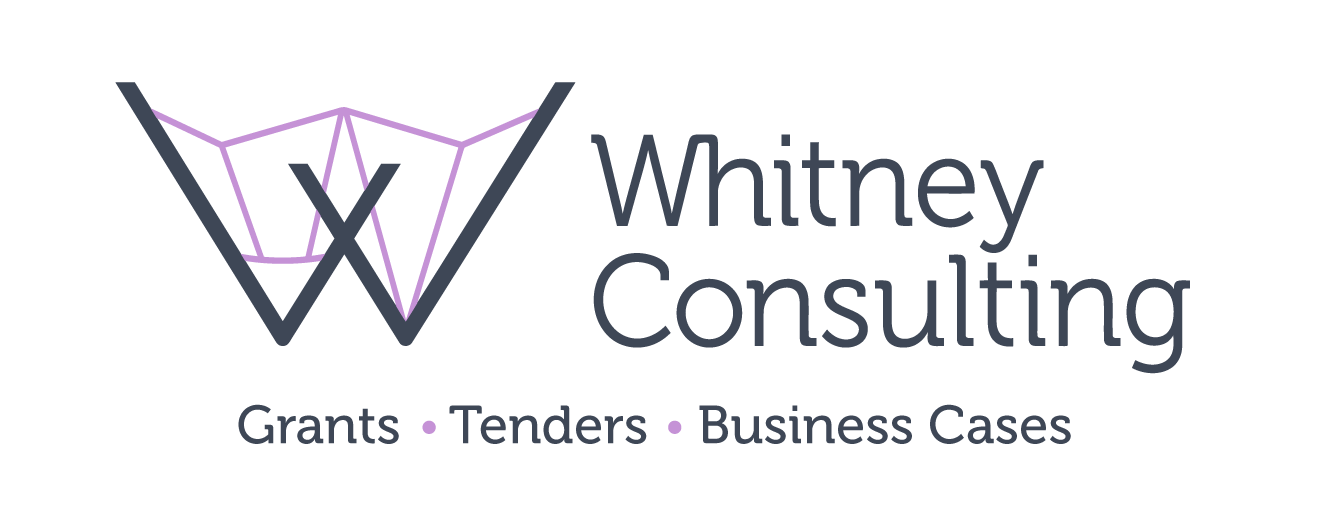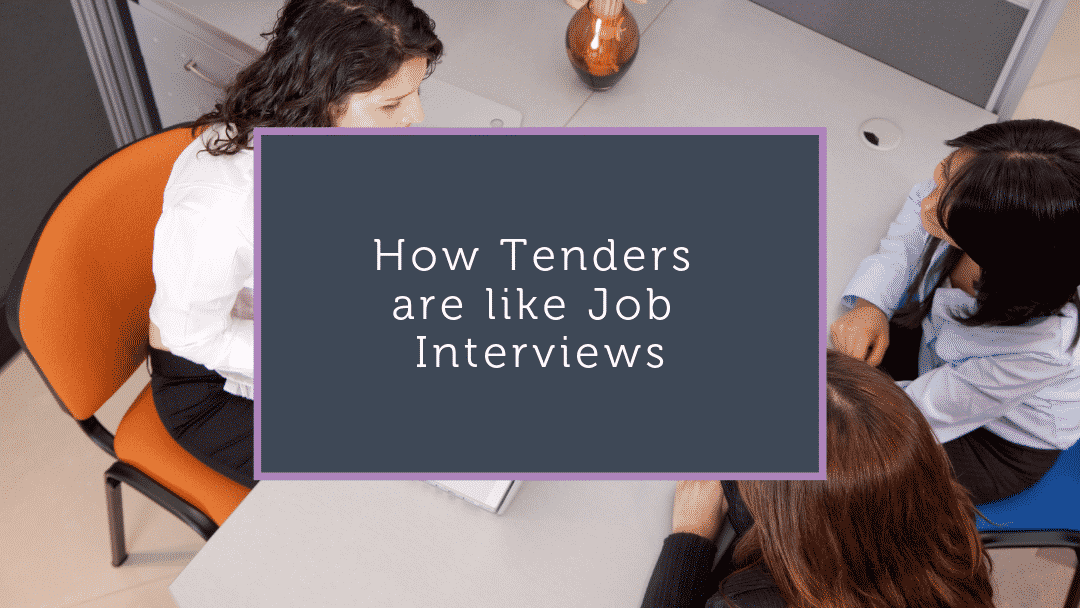Tenders are essentially an organisation-level job interview. Most people don’t like job interviews and most organisations don’t like tender submissions! They are, however, a necessary evil if you want to bring in the dollars.
Luckily, some people love them and I am one of those weird people, which is a bonus considering writing tenders is my job! I do recognise though, that tender submissions take a lot of time and effort and are confusing beasts. It seems to be a requirement that people who create the tender documents must use the most difficult language they can find.
It’s not all bad though. Tenders are just like job interviews in many ways and knowing this can help you to write a successful submission.
Question, Answer, Question, Answer and Repeat.
Just as with job interviews, you need to answer the question that is asked when responding to a tender. It sounds simple, but you would be surprised by the number of people who write a whole lot of information they think the assessors want to hear…and don’t answer the question (questions are called ‘criteria’ in tenders because, you know, confusing). Tenders usually have weighted criteria so your answer is scored for how well you have answered that criteria. If you don’t answer it, they CANNOT give you a good score, no matter what amazing things you say.
You also need to make sure you answer the questions in the order and numbering convention they appear in the request for tender. Don’t rely on assessors to remember something you have previously said that addresses the criteria – repeat it if it answers that question.
Be a STAR.
The same rules apply to tender writing as to job interviews with regard to following the STAR model – Situation, Task, Action, Result. Don’t just tell the assessors that you are wonderful, give specific examples of how you meet the selection criteria. When providing examples of past experience, describe the situation, summarise what you did and what the result was. If possible, do this for each selection criteria.
Providing examples will help you to avoid making claims without providing the evidence to back it up. You can also use testimonials from past clients, awards, survey results or data from research to evidence your claims. Remember that every respondent will be claiming that they are the best but only the one that can prove this claim will be successful.
Presentation is Important.
People attending an interview know they need to focus on the way they present themselves. The same can be said for tender submissions. Provide your tender in a document that looks professional, is clear and easy to read. The assessor will be seeing many tenders that day, they won’t go searching for information; you need to provide it to them on a well-designed platter.
- Make it a clearly structured, formatted and visually appealing document. Ensure it is well organised and not overly repetitive. Use headings, sub-headings, photos, diagrams, graphics and white space. Explain any complex information by separating it into a table, graphic or appending it as an attachment.
- Comply with any response template that is provided in the tender specification documents. By following all of the requirements in the response template, you will make it easy for the tender review panel to compare your offer against others.
- Use your branding. Make sure you use your logo and colours, especially if your brand is likely to be recognised by any of the assessors. It also adds to the professional look of the tender response.
- Use plain English. The tender request might be in the most confusing language they could have imagined but you should not try to match that! Use simple, clear and concise language to get your message across. Do not use jargon and make sure you spell out any acronyms the first time you use them.
It’s Not Actually About You!
When you are being interviewed, the interviewer is looking at how you will fit their needs and their team. Likewise, with a tender, the client cares about themselves, not about you. All they really want to know is what benefits and outcomes they will get from working with you. So don’t make them struggle to find that information hidden in your response – put it upfront and clear. Use the terms ‘you’ and ‘your’ to direct your messaging to the client and make it about them. Show that you understand their problems, needs, and objectives and that you can solve/meet them. Highlight how your skills, knowledge, experience, and proposal will benefit them.
Good luck!


